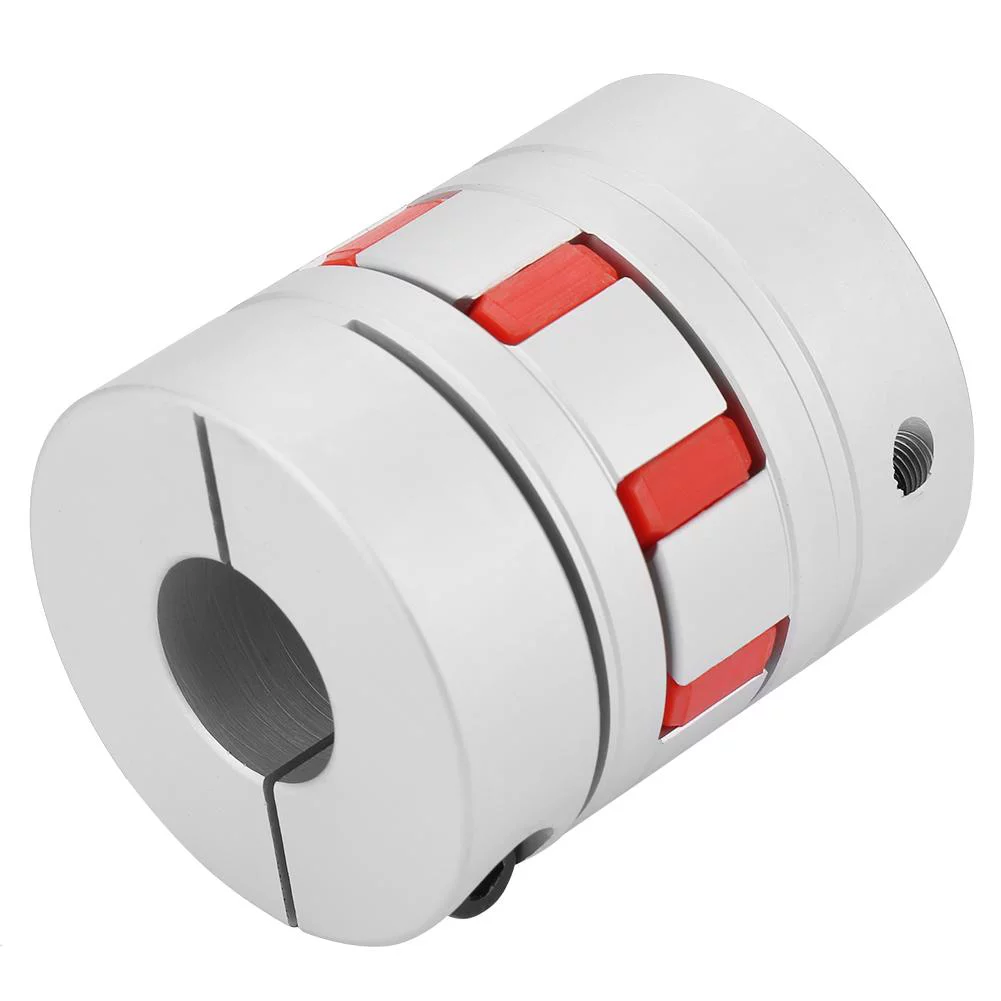“`html
Introduction to Spider Coupling
Spider couplings are a vital component in machinery, designed to connect two shafts while compensating for misalignment and reducing vibration. Their flexibility and durability make them ideal for various applications, including motor connections. Let’s delve into the features, applications, and advantages of using spider couplings for motors.
Features of Spider Coupling
- Durability: Made from high-quality materials, spider couplings are built to last, ensuring long-term reliability.
- Flexibility: The unique design allows for axial, radial, and angular misalignment, providing smooth operation.
- Vibration Dampening: Spider couplings reduce vibrations and shock loads, protecting connected equipment.


Applications of Spider Coupling

Spider couplings are widely used in various industries due to their versatility. They are particularly suited for motor connections in:
- Manufacturing machinery
- Agricultural equipment
- Conveyor systems
Advantages of Spider Coupling for Motors
- Misalignment Compensation: They efficiently manage misalignments, ensuring the motor operates smoothly.
- Easy Maintenance: Spider couplings are easy to install and require minimal maintenance, reducing downtime.
- High Torque Transmission: Capable of transmitting high torque, making them suitable for powerful motors.
- Cost-Effective: They offer a cost-effective solution for connecting motors with their long-lasting and low maintenance design.
- Customizable: Available in various sizes and materials, spider couplings can be tailored to specific motor requirements.
How Spider Coupling Works
Spider coupling consists of two hubs connected by an elastomeric spider insert. This insert dampens vibrations and accommodates misalignments. As the motor turns, the torque is transmitted through the hubs to the driven shaft, maintaining efficient power transmission while allowing for flex and misalignment.
Choosing the Right Spider Coupling
- Consider the Motor’s Torque: Match the coupling’s torque capacity with the motor’s output.
- Assess Misalignment: Choose a coupling that can accommodate the expected misalignment.
- Environment: For harsh environments, select materials that can withstand the conditions.
- Size Constraints: Ensure the coupling fits within the available space.
- Application Requirements: Consider specific requirements such as temperature resistance or chemical compatibility.
Maintenance of Spider Coupling
Regular maintenance of spider couplings is crucial for optimal performance and longevity. Inspection for wear and tear, checking alignment, and replacing the spider element when necessary are key maintenance tasks. Proper care ensures smooth operation and prevents equipment failure, emphasizing the importance of routine checks.
About HZPT
HZPT, established in 2006, is a leading manufacturer and exporter specializing in coupling design, development, and production. With a dedicated design and R&D team for 16 years, we customize products to meet global customer requirements. Our exhaustive quality testing system from raw materials to finished products, coupled with CE and TUV certifications, underscores our commitment to quality. At HZPT, customer satisfaction is our pursuit. We offer an extensive range of couplings, renowned in Europe and America for their superior quality, competitive pricing, and excellent service. Choose HZPT for reliable and efficient coupling solutions.
“`